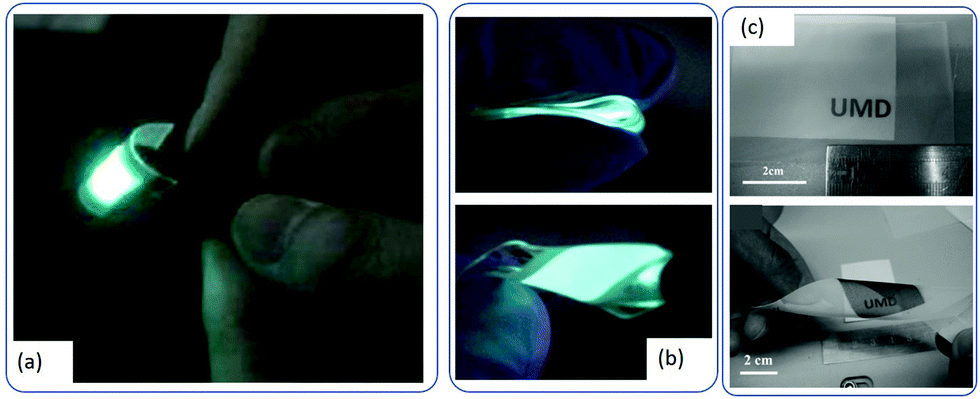
On a medium-format DSLR, this is equivalent to approximately f1.4. I used the widest aperture available, f3.5, on my Schneider Kreuznach 150mm LS lens. These two portrait sessions were all about breaking my f16 habit in studio, going in the opposite direction and using extremely low-powered strobe and wide apertures to recapture some of that vintage portrait magic.

The differences in sharpness and softness naturally instruct the viewer where to focus their attention. The wider your aperture, the more pronounced this becomes. If everything is sharp from front to back, how do our eyes put it into a three-dimensional context? This is the beauty of wide apertures and depth of field: Objects closest to the camera appear shaper and those farther away appear softer. There’s something beautiful about the rapid transition from sharpness to softness (from eye to ear) in those old portraits. Or at least that’s what I’ve been doing, and in the process leaving a lot on the table in terms of subtlety. The focus on creating enough light to achieve maximum sharpness becomes the driving factor and can end up turning everything we do into hyperfocused pictures with a strong digital feeling. The impulse is to throw as much light at subjects as we can, because we can. In today’s studio, the use of less light is kind of counterintuitive given the way we typically think about using strobes, where we’re adding light. Subjects also had to remain very still during exposures due to the slow shutter speeds. This required wide apertures, which resulted in images with gorgeous focus fall-off from the shallow depth of field. Photographers used natural light or low-powered powder-based flashes to illuminate subjects. The photographs from this period have one thing in common: low light or no light. Lately I’ve been thinking a lot about tintypes, daguerréotypes and other early 19th century portrait techniques. Creating something new is part of the joy of making art. We should always be evolving and exploring new ways of seeing. If everything is always super sharp and detailed, there starts to become a sameness and lack of subtlety. These narrow apertures are perfect for capturing fashion, catalog work, product photography, anything where detail is required. There’s nothing wrong with f16 or even f22. That means I’d adjust the power on the strobe so that it generated enough light to allow me to shoot with an aperture setting of f16. Until very recently, whenever I’d use strobe in the studio, I’d always meter my keylight for f16.

Does what you’re doing need to be done that way? Are there alternative routes that just might lead to far superior results? If you haven’t asked yourself these questions, you may be operating on autopilot like I was.ĭespite the wide variety of effects I’m able to create in the studio and on location with various modifiers, lighting patterns and other tools, I’ve been in what I’ll refer to as an f16 rut. It’s easy to fall into the trap of using strobes the same way every time without ever stepping back and asking yourself why.
Keylight 1.2 alternative professional#
Launch the December 2017 issue of the magazine by logging in or signing up for a free account. Shutter Magazine is the industry’s leading professional photography magazine. Want more information on this article? Get access to video content and additional supporting images.


Low-Powered Strobe, High-Powered Results with Michael Corsentino


 0 kommentar(er)
0 kommentar(er)
